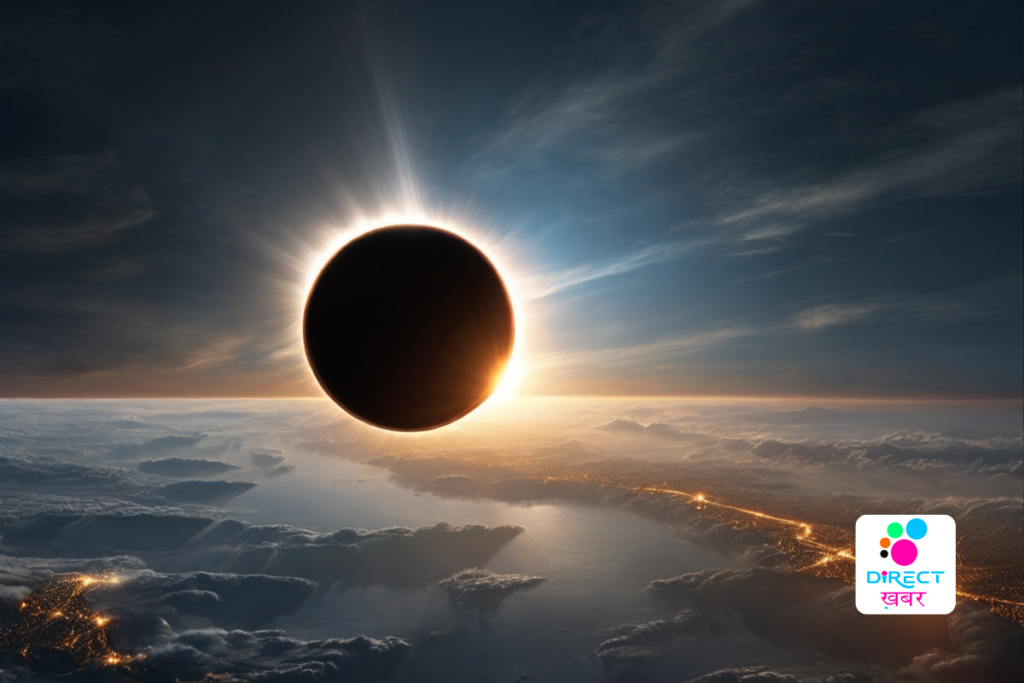2024 Solar Eclipse Path, Peak Times, and Visibility Map Across U.S.
On April 8, 2024, North America will witness a spectacular celestial event: a total solar eclipse traversing across 15 U.S. states and parts of Canada. Beginning along Mexico’s Pacific Coast at approximately 11:07 a.m. PDT, the eclipse will journey across the U.S., spanning from Texas to Maine, before exiting into Canada. This rare occurrence is expected to draw the attention of millions of astronomy enthusiasts.

Within the path of totality, which ranges between 108 to 122 miles wide, approximately 31.6 million people reside, eagerly anticipating the moment when the moon fully obscures the sun. An additional 150 million individuals live within 200 miles of this path, poised to witness the remarkable solar eclipse phenomenon.
The eclipse’s trajectory commences over the Pacific Ocean before making landfall on Mexico’s Pacific Coast, marking the eclipse’s continental debut. From there, it progresses through Texas, crossing over a dozen states, and eventually reaches Canada’s southern Ontario. Notably, small portions of Tennessee and Michigan will also experience totality, adding to the spectacle.
Several major cities are located within the path of totality, offering prime viewing opportunities. Cities like San Antonio, Austin, Dallas, Little Rock, Indianapolis, Dayton, Cleveland, Buffalo, Rochester, Syracuse, and Burlington are among those that will experience the eclipse’s full glory. The solar eclipse’s journey in the U.S. begins in the afternoon, with partial visibility commencing at 12:06 p.m. CDT near Eagle Pass, Texas, and reaching totality around 1:27 p.m. CDT before progressing northeastward.

For those residing outside the path of totality, a partial eclipse will still be visible, albeit with varying degrees of coverage depending on proximity to the path. NASA provides detailed eclipse timings for various cities along the path of totality, allowing individuals to anticipate the exact moment of the eclipse’s arrival based on their location.
However, the visibility of the eclipse may be impacted by cloud cover, with some areas along the path of totality experiencing a higher likelihood of interference. Historical cloud cover data is available to help viewers prepare for potential viewing challenges.

The duration of totality varies along the eclipse’s path, with Torreón, Mexico, anticipated to experience the longest totality duration at 4 minutes and 28 seconds. Most locations along the centerline of the path will witness totality lasting between 3.5 and 4 minutes, with Kerrville, Texas, coming close to the maximum duration at 4 minutes and 24 seconds.
Looking ahead, the next total solar eclipse visible from the contiguous U.S. after April 8, 2024, is scheduled for August 23, 2044. However, this event will offer fewer opportunities for U.S. viewers, as the path of totality will only touch three states, including Greenland, Canada, and concluding at sunset in Montana, North Dakota, and South Dakota.






